
The COVID-19 pandemic is a real challenge not only for traditional forms of teaching, but also for new ones that are making their way, such as gamification in classrooms.
A few days before the new school start, doubts are in the air more than ever due to the COVID-19 pandemic. In Italy, for example, 2.4 million individual desks have been purchased for students, external premises have been set up for the separation between children, millions of masks have been purchased to guarantee the daily distribution of 11 million of them, 50,000 liters of disinfectant gel and the hiring of more than 80,000 new teachers to face the school year. There is nothing.
However, on the latter falls the difficult task of teaching, an already complicated verb in itself. And this is where dozens of factors come into play, such as gamification to cajole the student, either in person or remotely – which we hope will not be repeated, as it will mean that we are getting worse. It’s been talked about at length, but what exactly is gamification?
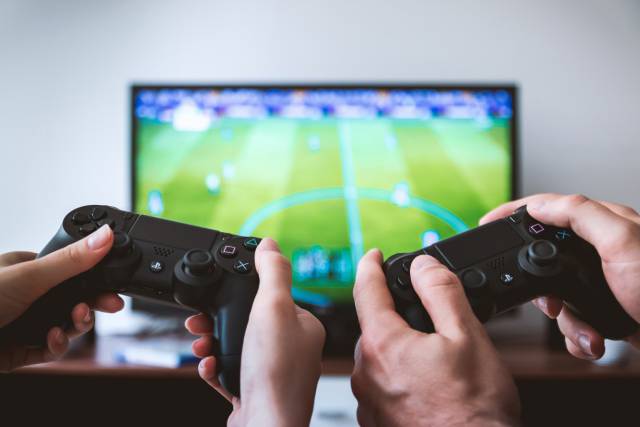
“Gamification, which is typically understood as the introduction of game techniques and concepts in places that have not traditionally used those resources, in its strictest sense would not make much sense in education, because education has always used those resources, naturally and in an organized way too ”, points out Javier Arévalo, Lead Game Engineer at Lingokids. “For example, an end-of-course exam can be considered a form of challenge similar to an end-of-phase ‘boss’, which requires the player to use all the techniques and resources acquired during the previous phase. We can find many examples of such parallels. Education and pedagogical techniques, both for young and old, of course evolve and adapt to changes in society, and they also learn and nurture new techniques and experiences that have appeared in video games, especially when they face new technological challenges. , like online teaching ”.
This conception of gamification is similar to the one illustrated by Estefanía Bitan, Gamification Designer in DoGood People: “There are many different definitions from different authors, but most tend to agree that gamification is a discipline that uses elements and mechanics of games in all those environments that are not playful, that is, whose ultimate goal is not entertainment ”. “There are many areas where the use of gamification has been exploited, such as education to motivate students, in marketing to retain customers or in human resources to increase worker productivity,” he adds. “But you have to be careful with this definition, which from my point of view is quite reductionist. Are we to understand that any system that uses game elements is being gamified? Definitely not. To be able to gamify, the system we are designing must contain four main characteristics: an objective, rules, a feedback system and that participation is always voluntary. Otherwise, we would not talk about gamification, but the use of elements of games to dry.

Apply game mechanics in areas that do not usually have them. Gamification seems “simple”, but as Bitan points out, there are a number of conditions for it to be considered gamification, a position that Rocío Tomé, serious ganes programmer also supports: “Practically any learning process can be gamified, just not all with the same ease or in the same way. It is not the same, for example, to acquire a healthy habit, memorize mathematical formulas or learn to perform a mechanical procedure. Although some of the techniques can be shared among the three tasks, not all will be equally effective or convenient in all cases ”.
“For example, if we are going to create an application that gamifies the process of ‘quitting smoking’, it is not advisable to punish harshly mistakes or relapses, since you will only make the person lose motivation and abandon the process. Rewarding progress no matter how small you are or emphasizing the social component would be much more effective ”, explains Tomé. “On the other hand, if for example we want to create an application that teaches a new procedure to carry out security tasks in a very dangerous environment, harshly punishing mistakes can help us correct habits or procedures that put people’s health at risk. ”.
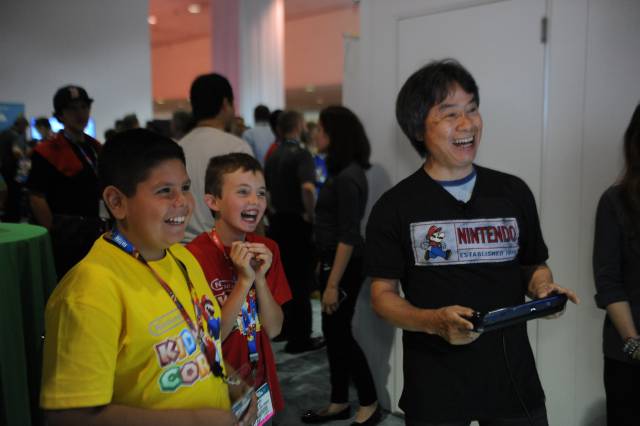
The example of Rocío Tomé highlights the importance of leveling the gamification process well. If we repeat the process and penalize errors, the user / student will fall into a loop. This is where the so-called motivational design comes in. “Motivational design must be formed on four well differentiated axes in gamification: a narrative, mechanics, aesthetics and technology (the latter being both digital and analog). The weight and importance of each is still a matter of debate, but it is important to bear in mind that they all play a crucial role in any gamified system and must be sufficiently well integrated so that between the four of them they form the memorable experience we want. ”, Says Estefanía.
Gamification in education
As has been proven, gamification is present in many areas of our life. However, in education it plays a fundamental role, since everything starts from there. “Education was one of the first areas to make use of gamification, I would almost say that the discipline was born in the classroom before expanding to other areas,” says Bitan, accompanying what Enrique said previously. “This is so because play has always been linked to a more infantile stage of our development and because, ultimately, play is the learning system that children innately use to develop their cognitive system.”
Arévalo, for his part, agrees with this opinion: “Education and games have always had a very important connection, especially at an early age, up to 8 years old. Games are the way in which from a young age we can experiment, learn how things work, relate to people in other roles, deal with imposed rules, seek our limits and also, of course, make mistakes. We can do all of this by playing in a safe environment, be it a sport, a video game or a card game ”.
To gamify the educational center it is necessary, first of all, to prepare it well. It is about the students believing that they are executing a voluntary and committed activity from the first minute, instead of thinking that it is something mandatory. “The first step would be to plan a brainstorming session. There are many techniques and very fun, so they can help capture the attention of students to see what ideas they can bring us, ”says Estefanía. “With these sessions we can detect which are the topics that they may like the most when designing a narrative (a video game that is in fashion, a series of books, movies, etc). We can also find out what types of rewards and rules would work best and negotiate with them the value and / or conditions for obtaining them. In short, develop the four axes of design: the students contribute their motivations, what they like, and the gamifier collects them and shapes them based on a methodology ”.
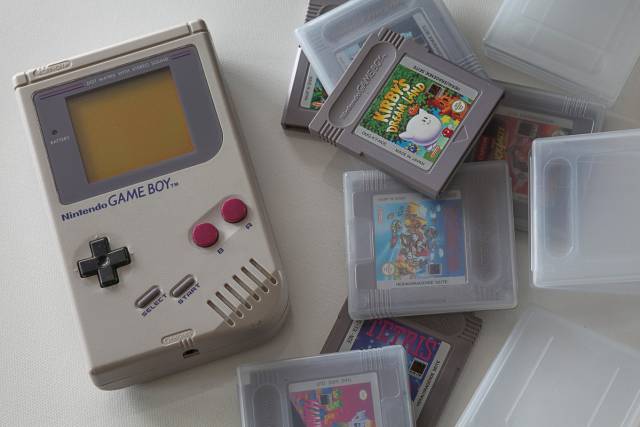
In this particular section, Javier Arévalo has extensive experience. Without going any further, the Lingokids application, one of the most famous on the market and aimed at the smallest of the house in particular, runs under your tutelage and that of your team. “At Lingokids we have a hand in each field: we firmly believe in the value of offering a new complement to traditional education, through our innovative concept of playlearning, and also in the importance that the little ones can count on entertainment safe and very careful using new technologies ”, he points out. “We rely on experts in pedagogy and education to know how to teach and how to support and amplify the education that children already receive. And also in game designers who know how to build small universes in which our young players carry out interactions under simple, clear and immersive rules ”.
Arévalo continues his presentation and exemplifies how the message can penetrate through very simple repetitive mechanics through its application, where “it is taught, among other things, thanks to the fact that the little ones receive useful information and knowledge in an integrated and constant way while they enjoy performing the tasks and actions in these worlds that we create for them ”. “They learn about vocabulary, shapes and colors, toys, food, language, the human body, and much more,” he says. “For example, before they study the difference between fruits and vegetables in a more formal way, they will know which group different foods belong to, because they have seen them in different games and they have developed an intuition about what each is.”
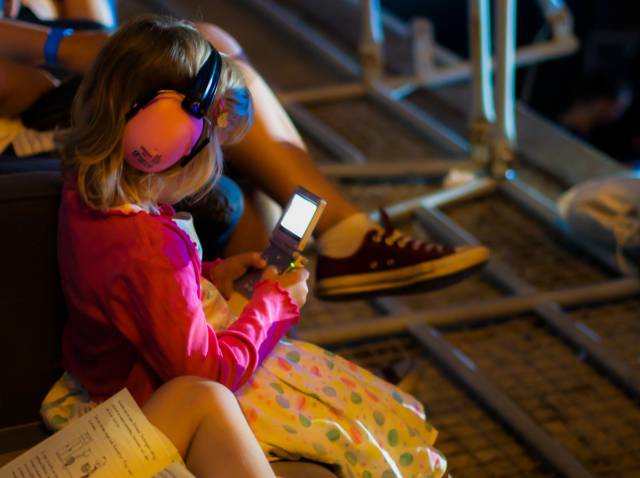
The arrival of COVID-19
Gamification to teach more intuitively and easily. So far everything is understandable, but does the way of establishing the relationship change at all if it is done remotely, more now with the outbreak of the coronavirus? Estefanía is clear about it: “Gamification in digital educational systems is something that existed since before COVID-19. It is true that now, with distance classes in schools, teachers are faced with the added obstacle of distraction and reduced communication. Studying from home is a task that not all students know how to manage correctly, which added to the great demotivation that many present by the current educational system, leads to an imminent failure of the system itself ”.
“Gamifying educational platforms can be an advantage to help reduce distraction and help students to focus and motivate them, but good communication between teacher and student is important,” he says. “The teacher must be strongly involved, since he exercises the role of moderator”.
The coronavirus affects the entire planet at the moment, and the way to see if this is an opportunity to relaunch some plots always depends on the prism from which it is viewed. Rocío Tomé, for example, considers “that these techniques may be affected”, although “something that characterizes gamification techniques is their flexibility, so I think they will be adapted with relative ease to the conditions that we have to face at this time. ”. “In the case of rewards within the reinforcement programs, for example, they can be replaced by others of a different nature as long as they retain their symbolic value for the user,” he says.

Bitan, for his part, emphasizes that “digital gamification is more powerful than analog” because it has “smaller face-to-face activities.” However, where many see an opportunity, Estefanía also sees a handicap: “Due to the economic crisis, many companies and educational institutions are ceasing to invest in innovation, causing gamification and other innovative methodologies to be relegated to the background.”
It is time to gamify with sense and logic, hence, as Arévalo clarifies, “the main challenge is to continue finding ways in which our games can offer even broader knowledge and address new educational areas, while incorporating new styles of play and new, more immersive, complex and intuitive forms of interaction ”. “I must say that, both as a professional with decades of experience in education and in video game development, and personally as a parent, I am tremendously proud to participate in this adventure surrounded by a team so dedicated to that fundamental mission: to help the little ones to enjoy and learn in the safest and most complete environment that we can offer ”, he emphasizes.
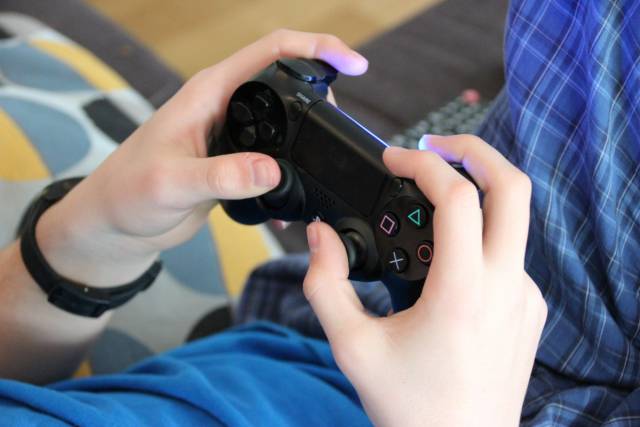
“We believe that Lingokids has pioneered two fundamental ideas. The first, that you can really turn games that function as pure entertainment into activities that educate and teach solid knowledge through participation and repetition, “he adds. “And the second, how you can design a series of educational plans on different topics, and surround them with varied, immersive and fun dynamics, which enhance the prominence of these pedagogical objectives and reinforce their meaning, and that is what playlearning consists of. ”.
In this sense, Rocío Tomé once again emphasizes something already mentioned previously by her colleagues, which is not to gamify for the sake of gamification, but when it is consistent: “It is also very important that all the different gamification techniques are well integrated with the nature of the learning we want to achieve. Sometimes I see gamified experiences that feel totally artificial and superimposed on the learning that is tried to enliven, being more a drag than something that affects positively ”.

Gamification started in education … and now it becomes more important than ever in it. As Estefanía indicates, “gamification can help the learning and knowledge we acquire be associated with a memorable experience that facilitates their retention; moreover, it can help not only to motivate the classroom, but it also fosters a more cooperative environment, improves relationships between students and increases their productivity ”.
It is time to bet on it, to educate more than ever through the game techniques carried out by designers, programmers, teachers and psychologists. And if unfortunately we have a new confinement, the children have a more fun way to face their homework from home … or from the classroom.

